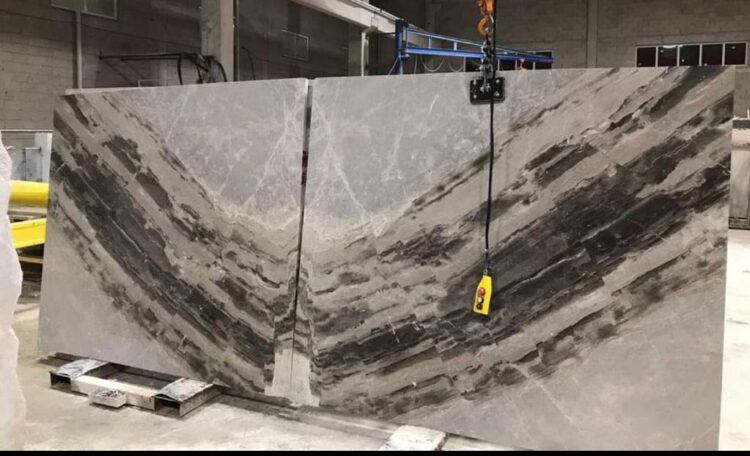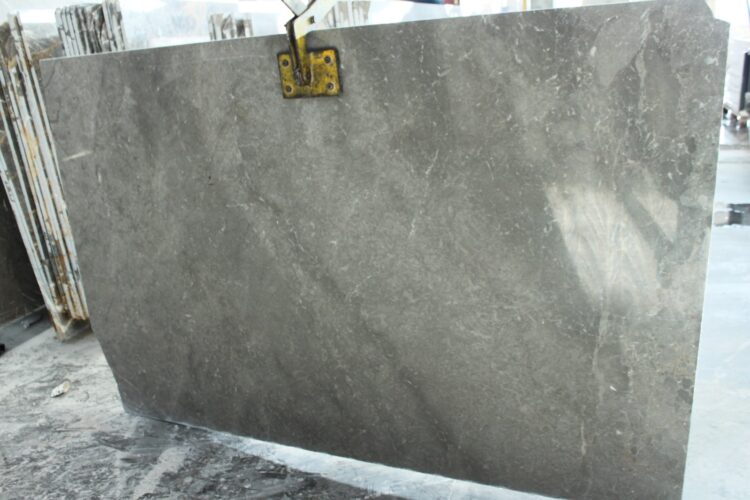THREE STEPS TO THE FUTURE OF THE NATURAL STONE INDUSTRY
We have evaluated the factors that may determine the future of the sector in the coming period under three main headings
1. CONJUNCTURE AND MARKET
For a quarter of a century, both European and US economies were stable markets in terms of price stability and markets. With the Covid process and the subsequent Russian-Ukrainian and Israeli-Palestinian wars, inflation increases started to occur in the west due to the rise in energy costs and the disruption of supply chains. With the uncertainty in world politics and the increase in economic vulnerabilities, we are witnessing that many projects are being postponed. Since the increase in inflation brings with it an increase in interest rates, the direction of money is more towards investment and conservation rather than spending. It seems that every day that wars do not end will continue to cause the natural stone trade to slow down.
Over the last few years, we have been observing a gradual downward acceleration in Chinese block purchases, both due to international factors and the financial turmoil in the Chinese real estate market. Exports to China, which have almost come to a standstill in some quarries, stand like the sword of Damocles over the continuity of trade in the natural stone sector. The real estate sector in China is facing growing problems such as financial and liquidity problems, banks making it difficult to finance loans for sales, and the suspension or postponement of major projects. With such problems in the real estate market, it may take at least 7-8 years for the market to normalize again.
The fact that China’s natural stone sector is still a large industry, and that Chinese companies are open to innovative and aggressive market openings from time to time, offers a glimmer of hope for the future.
One of the most promising markets at the moment is definitely India. Unfortunately, India, one of the rising powers of the new world, needs to make certain breakthroughs in the natural stone market and pave the way for the sector. Many factors such as tax rates and various regulations on imported stone, the low purchasing power of the masses, and the lack of diversity and scope of projects are still far from bringing the Indian market to the level of China. For Indian companies exporting from India, the basic problems of the shrinking Chinese domestic market also apply.
With the contraction in the world economy, some markets that are still vibrant have naturally become the focus. The spotlight has shifted more towards markets such as the Gulf countries, Saudi Arabia, Australia, India, Indonesia and Mexico. In addition to these, it may be profitable to follow the flow of world finance well and turn to developing countries in terms of construction potential and welfare level. It’s like the reaction of 2 sock manufacturers after their trip to Africa… One of them was pessimistic that most Africans don’t wear socks and there is no business here, while the other thought that most Africans don’t wear socks and there is great potential. Success is in the mentality of the second one. Provided that he can first convince people why they should wear socks… The road is arduous, but the view of natural stones is so beautiful that it is worth the journey!
2.COMPETITION
QUARTZ AND ARTIFICIAL STONES
Two factors suggest that the upward trend in quartz and artificial stones may turn into a slowdown in 2024. The first is the profitability of the sector and the excess production facilities built in response to the appetite created by rising demand. New factories are still being built. Overproduction in excess of demand, together with the fierce competition that it usually brings with it in the relevant sector, can disrupt profitability and, over time, the adequacy of the financial cycle. The accompanying aggressive marketing can lead to a downward spiral of price competition and poor quality. In addition, Australia’s ban on the entry/use of quartz stones for health reasons may act as a flare in the direction of decreasing demand. The extensive use of quartz in bathrooms and kitchens, especially in the US market, and the fact that US consumers are easily influenced by media reports on health issues is an additional factor.
CERAMIC AND PORCELAIN
In order to compete with the ever-growing slab sizes of ceramics/porcelain, we are witnessing an increase in the number of jumbo or new-generation multi-strand slabs in factories. The competition in size is becoming unsustainable and irrational for both sectors. It is like a children’s game with mutual threats, where the one who blinks will lose… For ceramists, the main problem seems to be the excess production in the quartz sector, the shrinking demand in the world and the ruthless competition that has started to emerge. Any sector where profitability decreases and competition increases becomes vulnerable to downward fluctuations. For the natural stone sector, the biggest problem is that ceramic/porcelain producers are copying natural patterns. In this competition, it seems that those who can maintain continuity in supply will survive.
SUPPLY CHAIN PROTECTION AND INVENTORY INEFFICIENCY
Since the storage and preservation of slabs is more economical compared to dimensional material, we have been observing an excessive increase in investment and production in slab production in the last 10-15 years. The increase in the production of slabs in ceramic and quartz as well as natural stone and the proliferation of slab warehouses have led to a supply that exceeds the demand of the slab market. In order to avoid competition and market contraction in the future, it would be healthier for the future of the sector and sustainability if plate warehouses invest in a few different locomotive products that they believe in in terms of stock and marketing, specialize and differentiate the diversity rather than being similar to each other in terms of product range.
3. NEW MARKETING
FAIRS AND NEW COMMUNICATION CHANNELS
The classical fair concept may have reached its saturation point. Fairs need synergy to diversify the visitor portfolio, to take the presentation of products and services beyond the ordinary, and to combine natural stone with other products such as furniture, decoration, etc. Although the effectiveness of fairs tends to decrease with the various channels on social media, the human urge to make decisions by touching and feeling seems to ensure the continuity of fairs.
PATTERNS, SURFACE TREATMENTS AND HIGHLIGHTING THE ADVANTAGES OF NATURAL STONE
order to gain an advantage in pattern imitation, especially in the Ceramic and Quartz sectors, the sector should refine the fashion concept, increase the variety of colors and patterns, speed up the transitions by acting synchronously at these points, and become a pioneer in managing fashion, which can lead to an advantage in competition. The one who sets the rules of the game always starts the match 1-0 ahead. A fast vehicle under a skillful driver makes it difficult to follow. At the same time, creating areas of use that cannot be competed with new arguments to be made in 3D surface treatments, which is the advantage of natural stone, can also be a new strategy.
NEW USE CASES AND FORMATS
Will we be able to find other uses for natural stone beyond flooring and wall cladding? This is another point that the sector should focus on. Integration with furniture and decoration, 3-dimensional use such as paving stones, wall stones, wall coverings with depth, decorative objects made with solid workmanship, etc., paving the way for the utilization of waste materials and even creating public opinion to increase government support and incentives at this point can bring a new dynamism to the sector.
The presence of the one whose absence is not felt is not valuable. The natural stone sector should be able to show more clearly that it adds value to the world with its presence!






















 +90 532 585 51 95
+90 532 585 51 95 +90 532 585 51 95
+90 532 585 51 95